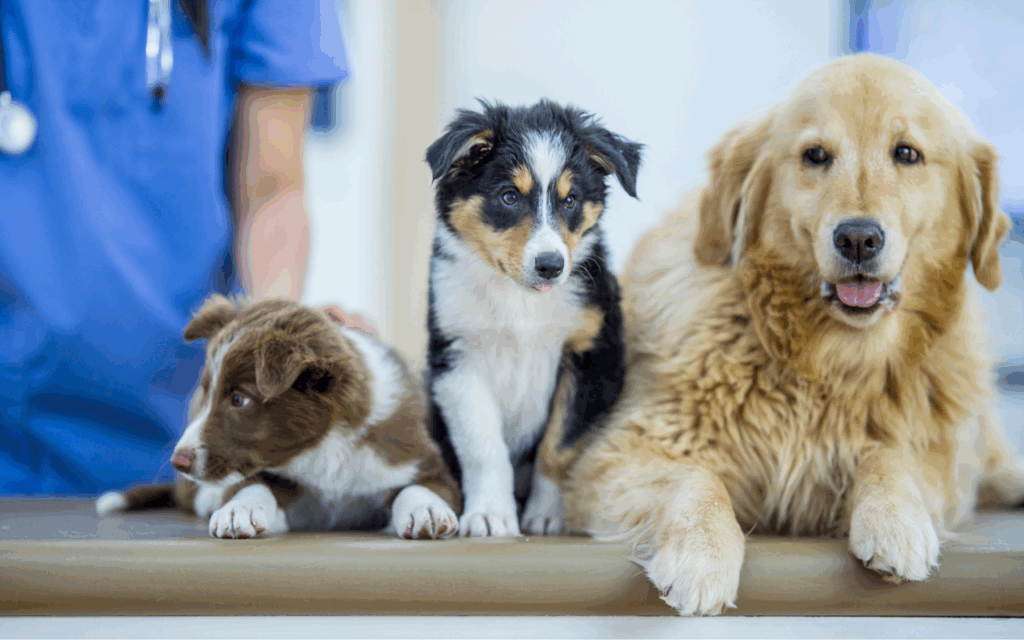Surprising aspects of OCD: How hidden symptoms can manifest in veterinary practice

The term “OCD” may be overused, but many individuals with obsessive-compulsive disorder (OCD) often hesitate to seek help due to feelings of shame or common misconceptions surrounding the condition. According to the International OCD Foundation, it takes approximately 10-17 years for someone with OCD to receive proper treatment. Personally, I struggled with OCD imposter syndrome even while writing this article! It’s no wonder they call it “the doubting disorder.” While I am not a mental health provider, OCD has affected many aspects of my life, including my veterinary career.
OCD is a mental health condition characterized by distressing obsessions that trigger compulsions intended to reduce those obsessions. Compulsions are often time-consuming, interfere with daily life, and may take precedence over basic needs.
Even individuals without OCD may exhibit behaviors similar to those affected by the condition due to legitimate workplace stressors. However, in OCD, the thoughts and behaviors significantly impact daily functioning. Thus, the diagnosis should be made in conjunction with a mental health professional, preferably one with expertise in OCD.
There are many themes associated with OCD, but here are a few that might manifest in veterinary practice:
Responsibility obsessions
Responsibility obsessions include the fear of being responsible for something terrible happening or harming others due to carelessness. In my experience, the associated compulsions often arise from a desire to prevent shame or blame.
In veterinary practice, this might manifest as warning clients of every possible outcome (even the unlikely ones), spending excessive time reading literature, or over-documenting. One might attempt to avoid exposing others to zoonotic agents by frequently initiating safety protocols or insisting on being the sole handler of zoonotic disease suspects. These compulsions related to extreme caution can be particularly time-consuming and disabling in emergency situations.

Intrusive thoughts and harm obsessions
Intrusive thoughts are imagined scenarios in which a person acts contrary to their values (i.e., ego-dystonic). According to the International OCD Foundation, while many people experience occasional unwanted thoughts, those with OCD encounter these intrusive thoughts frequently, leading to extreme anxiety that interferes with day-to-day functioning.
Individuals with OCD might compulsively avoid situations where these thoughts could manifest. For instance, a veterinary team member might steer clear of contact with vulnerable patients, tasks involving sharp objects, or choose roles that eliminate the possibility of such situations altogether.
If avoidance isn’t feasible, those with OCD might cope with intrusive thoughts through “rituals.” For example, if someone has an intrusive thought about intentionally injuring a puppy—despite having no intention to do so—they may fear that the thought reflects a hidden desire or potential. Over time, to alleviate their anxiety, they might recreate circumstances from successful interactions each time they interact with puppies (like arranging items on the counter in a specific way or performing tasks in a certain order).
If these rituals aren’t executed “correctly,” the individual might feel compelled to start over. These compulsions are not activities that individuals with OCD choose to engage in voluntarily; instead, they feel a strong compulsion to perform them in order to alleviate their fears.

Self-doubt
Self-doubt is normal, particularly during the learning process, but it should diminish with increased self-confidence. While various factors can lead to persistent self-doubt, with OCD, it often becomes extreme, triggering compulsive checking or reassurance-seeking.
A specific subtype of OCD involves individuals who struggle to trust their own memories (false memory/real events OCD). For example, a veterinarian might replace sterile gloves simply due to a doubt about whether they broke sterility, which also qualifies as contamination OCD.
In veterinary practice, someone might repeatedly check a cage door, an IV pump, or proofread excessively to alleviate doubts. Although seeking reassurance from a trusted colleague is normal, a person with OCD might do so frequently and despite being fully qualified. They might even seek “empty reassurance” from someone lacking sufficient context or training.

Getting help
Since OCD can be mentally and emotionally exhausting, it can be helpful to return to a “baseline” before pursuing more intensive treatment. Therapists can facilitate access to medication, which can assist at this stage and in later stages of recovery. In my experience, a therapist provides empathy, particularly when I struggle to extend it to myself. This support helps create a safe space to process the intense emotions that inevitably arise during recovery.
Individuals with intrusive thoughts can fear sharing them for worry of being deemed a danger to themselves or others. While it’s not necessary to disclose intrusive thoughts, if helpful, individuals can consider sharing them anonymously through platforms like A Penny For Your Intrusive Thoughts or with an experienced provider specializing in OCD (see International OCD Foundation or NOCD). Exposure and response prevention (ERP) is the gold standard treatment for OCD once a person is ready.
Self-compassion: It’s not just for OCD
In my experience, self-compassion plays a crucial role in OCD recovery, although I haven’t always felt this way. When people advise, “Don’t be so hard on yourself!” it can feel condescending and invalidating, as if the cultural expectation of self-sacrifice is merely a product of my imagination. However, I can practice self-compassion by acknowledging that it’s normal for me to feel angry in response to this suggestion (watch Kristen Neff’s video).
Despite increasing focus on mental health in veterinary medicine, I am particularly sensitive to negative messaging. Building shame resilience helps, but I can only attempt this after establishing a strong self-compassion practice. Personally, I find it easier to start with creating boundaries (also known as “fierce self-compassion”).
It is also self-compassionate to accept that I’m likely to have persistent tendencies toward obsession and compulsion, rather than expect a complete “cure.”
I hope this article provides a deeper understanding of OCD. If you’re grappling with these issues, remember that you’re not alone, and help is available.